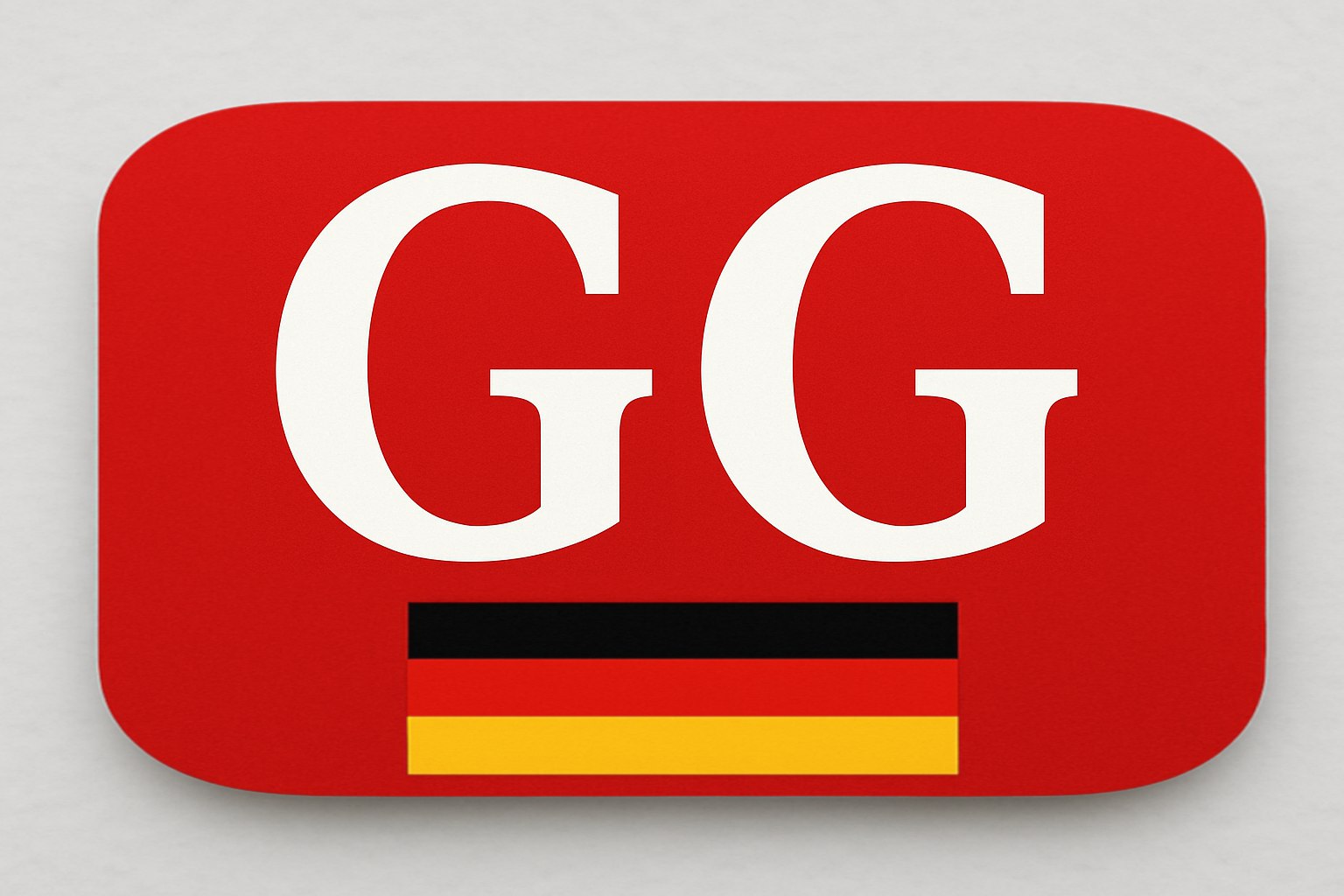EU leaders say momentum is growing to fold Ukraine into a peace process with Russia, with an Article-5–style protection pledge on the table and renewed US engagement. Military chiefs of the Coalition of the Willing, with U.S. coordination, are set to flesh out the guarantees in the coming days. Germany signals it will participate but will decide the exact form later, weighing the negotiation framework, the U.S. role, and trusted partners. Experts warn turning guarantees into reality won’t be easy, with the SWP estimating roughly 150,000 troops might be needed for credible deterrence rather than a traditional peacekeeping mission. In Washington, Trump offered cautious support but left details vague, floated air-based support for a European-led peacekeeping effort while ruling out U.S. ground troops, and suggested France, Germany, and Britain might deploy ground troops—while insisting Putin is war-weary.
That’s a slick little shell game, isn’t it? They’re packaging a gigantic, open-ended security entanglement as “guarantees” and “deterrence,” and somehow this becomes a blueprint for peace. 150,000 troops? That isn’t a contingency plan—it's a full-blown standing army ready to be deployed at the flick of a switch, dressed up as credibility to placate nervous publics back home who just want an end to the bloodshed. They want to institutionalize a U.S.-led umbrella over Europe with a treaty-like obligation to escalate, not to negotiate. An Article 5–lite pledge is not a shield; it’s a fuse, a legal handle to drag everyone into a larger confrontation if tensions flare.
Germany playing it cool while keeping options open? That’s the perfect windfall for Washington: protect the national purse and avoid decisive choices, then wave “we’re in, but in the right form” as a shield against domestic backlash. Europe’s “trusted partners” line reads as: we’ll keep talking in circles, then blame the lack of a concrete framework on someone else when things tip over. And the numbers are there to back up a real-deal mobilization, not a symbolic promise. Call it deterrence if you want; in practice it’s the sort of posture that hardens lines, raises costs, and lowers the chance of actual diplomacy.
Trump’s posture adds fuel to the fire: expressed guarded support, none of the hard commitments, a tease about air support, and the old line that ground troops are off the table while hinting allies might deploy. He’s playing both sides, keeping options open for a domestic audience that loves tough words and hates paying the bill, while leaving the core decision-making in Washington’s hands. And Putin? They keep insisting he’s war-weary, as if that absolves the danger—while the plan requires a credible deterrent that won’t just intimidate but actually deter. It’s a theater of risk, with the stage set for escalation dressed up as crisis management.
Bottom line: this isn’t peacekeeping; it’s a blueprint for a deeper, longer security commitment that could drag Europe and Ukraine into a broader conflict, all under the banner of “guarantees” and “deterrence.” If the goal is to end the war, the path right now looks more like a maze designed to keep it going.
